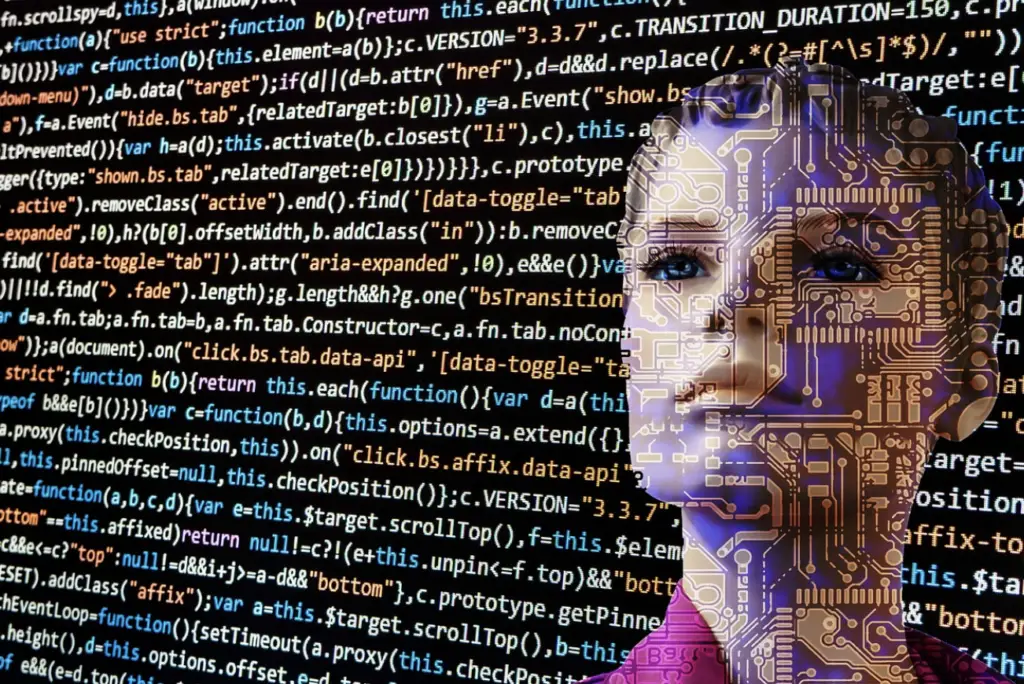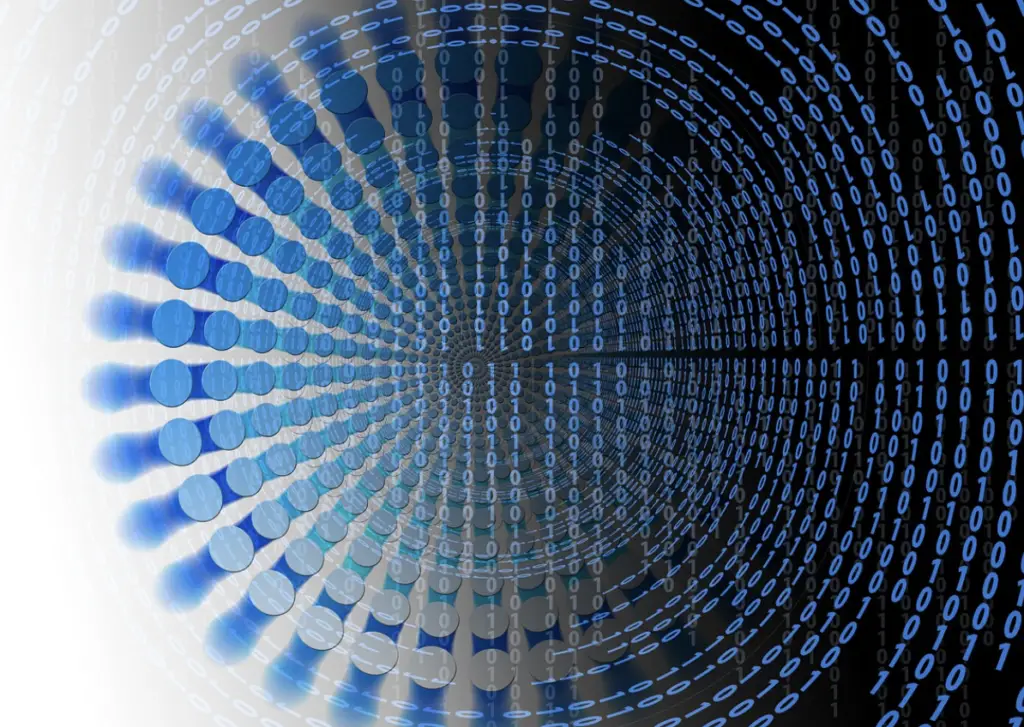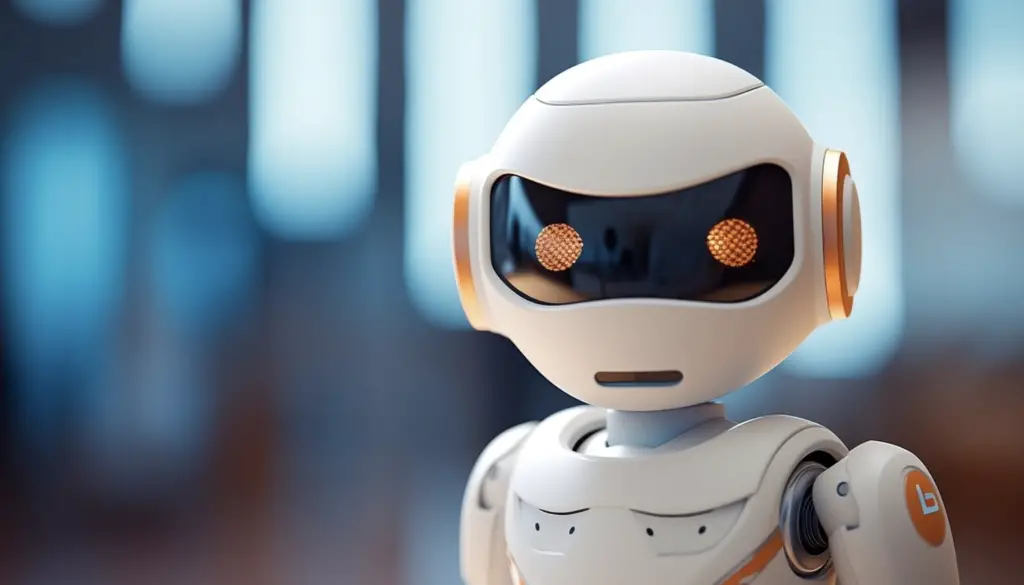In a historic milestone for astrophysics, artificial intelligence (AI) has achieved a monumental feat – autonomously discovering, confirming, classifying, and announcing the discovery of a supernova, without any human intervention.

This groundbreaking achievement is credited to the Bright Transient Survey Bot (BTSbot), a cutting-edge AI tool developed by an international team of scientists. BTSbot leverages a machine-learning algorithm trained on an extensive dataset of over 1.4 million images from nearly 16,000 sources, revolutionizing the way we approach the study of cosmic explosions.
The Birth of Bright Transient Survey Bot (BTSbot)
BTSbot, a brainchild of international scientists, represents a remarkable leap in the field of astrophysics. Its foundation lies in a machine-learning algorithm meticulously trained on an extensive dataset comprising over 1.4 million images sourced from a multitude of astronomical observations.
This comprehensive training equips BTSbot with the capability to automate the entire process of identifying star explosions, thereby eliminating human error and significantly expediting the detection process.
The Impact on Research Efficiency
According to Northwestern University, the implementation of this new system not only saves time but also allows researchers to dedicate more time to analyzing their observations and developing new hypotheses to further our understanding of cosmic explosions.
Adam Miller, a prominent astronomer from Northwestern University who played a key role in creating BTSbot, emphasizes that excluding humans from the process allows the research team to dedicate more time to scrutinizing their observations and formulating fresh theories to elucidate the genesis of the cosmic detonations we witness. This streamlined approach enhances the efficiency and depth of their investigative efforts.
This transformation is characterized by several key points.
- Swift Data Processing: BTSbot’s capacity for rapid data processing stands as a hallmark of its efficiency. By autonomously sifting through massive volumes of data, the AI system swiftly identifies potential supernova candidates. This acceleration in the detection process allows for a more immediate response to celestial events, enabling researchers to capture crucial data during the critical early stages.

- Eliminating Manual Drudgery: One of BTSbot’s most impactful contributions lies in its ability to liberate researchers from the laborious and time-consuming task of manually analyzing vast datasets. This shift away from manual data sifting not only saves valuable time but also mitigates the risk of human error, ensuring a higher level of accuracy in identifying and classifying supernovae.
- Enabling Deeper Analysis and Hypothesis Development: With the burden of data processing lifted, researchers can now allocate more time and intellectual resources towards higher-level tasks. This includes in-depth analysis of observations and the development of novel hypotheses to explain the origin and behavior of cosmic explosions. The newfound freedom to delve deeper into the intricacies of supernovae significantly enriches the scientific discourse in the field.
- Iterative Learning and Improvement: As BTSbot operates and interacts with astronomical data, it continually refines its machine-learning algorithms. This iterative learning process ensures that the AI system becomes increasingly adept at recognizing subtle patterns and distinguishing genuine celestial events from noise.
Swift Supernova Discovery
BTSbot’s capabilities were truly showcased when it detected a supernova, later named SN2023tyk, in data recorded by the Zwicky Transient Facility (ZTF), an automated camera located in California. The impressive swiftness with which BTSbot identified this supernova stands as a testament to its efficiency. The ZTF captured the cosmic event on October 3, and by October 5, BTSbot had already pinpointed it within the amassed ZTF data.
Through seamless communication with other robotic instruments, BTSbot not only confirmed the event but also classified it as a Type Ia supernova, subsequently sharing its findings with the scientific community on October 7.
Christoffer Fremling, an esteemed astronomer affiliated with the California Institute of Technology (Caltech), elaborates on the extensive operational history of the ZTF spanning six years. Over this period, Fremling, along with fellow researchers, has devoted over 2,000 hours to manually examining potential candidates and making decisions regarding which ones merit further observation through spectroscopy.
Redefining Supernova Detection
Supernovae, being both luminous and dynamic celestial events, are notoriously challenging to identify. Traditional detection methods rely heavily on astronomers visually inspecting vast volumes of data gathered by robotic telescopes scanning the night sky for anomalies.
This painstaking process necessitates substantial human input, with astronomers investing thousands of hours in visual inspections and subsequent determinations for observation with spectroscopy. The advent of BTSbot signals a transformative shift in this paradigm.
Automated Candidate Analysis

BTSbot’s breakthrough lies in its ability to automate the process of scrutinizing potential supernova candidates, effectively streamlining large-scale studies. The AI system generates a curated list of candidates, which astronomers can then verify and observe using spectroscopy to capture the dispersed light.
This spectral analysis is pivotal in unraveling insights into the elemental composition of the explosion, providing critical data for astrophysical research.
Collaborative Robotic Efforts
The integration of BTSbot into the astronomical research landscape extends beyond its autonomous capabilities. The AI collaborates seamlessly with other robotic instruments, exemplified by its interaction with the Spectral Energy Distribution Machine (SEDM). BTSbot, with the aim of gathering the supernova’s spectrum, automatically engages the assistance of SEDM.
The resulting observations are then transmitted to Caltech’s SNIascore, a tool developed by astronomer Christoffer Fremling, for further classification and analysis.
Cosmic Yardsticks
Type Ia supernovae are of particular significance to astronomers as they serve as vital tools for gauging the expansion of the universe. The successful deployment of BTSbot heralds a new era in the discovery of these crucial cosmic events.
By relieving astronomers of the burden of manual data analysis, BTSbot empowers them to focus their efforts on interpreting data and deriving invaluable insights into the evolution of stars and galaxies.
AI’s Role in Bridging Gaps in Astronomical Data Analysis
AI plays a pivotal role in bridging critical gaps in astronomical data analysis, revolutionizing the way researchers handle the ever-expanding volume of information generated by modern telescopes and instruments. With the advent of sophisticated technologies, astronomers are inundated with data, often far exceeding their capacity for manual processing.
By leveraging machine learning algorithms, AI systems like BTSbot excel at swiftly and accurately processing immense datasets, enabling them to autonomously detect celestial events, such as supernovae, with unparalleled efficiency. This not only expedites the discovery process but also ensures that no significant astronomical event goes unnoticed amidst the deluge of information.
Furthermore, AI-driven automation allows astronomers to redirect their focus towards the interpretation and contextualization of their observations.
Unleashing the Full Potential of AI in Astrophysics
The advent of the Bright Transient Survey Bot (BTSbot) stands as a watershed moment in astrophysical research. This groundbreaking AI system, capable of autonomously discovering supernovae, marks a paradigm shift in the way we approach the study of cosmic explosions.

By harnessing the power of machine learning and automation, BTSbot not only expedites the detection process but also liberates researchers to delve deeper into the analysis of their observations, ultimately unraveling the mysteries of the cosmos with unprecedented efficiency and precision. The integration of AI in astronomy exemplifies the limitless potential of technology to reshape the boundaries of scientific exploration.
Nabeel Rehemtulla, a researcher at Northwestern University, comments on the hands-off nature of the operation. Once all systems are activated and functioning optimally, the team essentially steps back. They retire for the night, only to awaken in the morning and witness the consistent and unwavering performance of BTSbot and the other AI systems in executing their tasks.

This Site Was Inspired By An Interest in Protecting the Environment:
We had the privilege and joy of learning from Dr. Charlie Stine who instilled a love for the natural world through incredible field trips with the Johns Hopkins Odyssey Certificate program in Environmental Studies. At the time, the program was endorsed by the Maryland Department of Natural Resources. Sadly, after Dr. Stine retired, the program was phased out. We hope that we honor his legacy by shining a bright light on environmental issues and sharing good news about the success of various conservation programs when possible.

